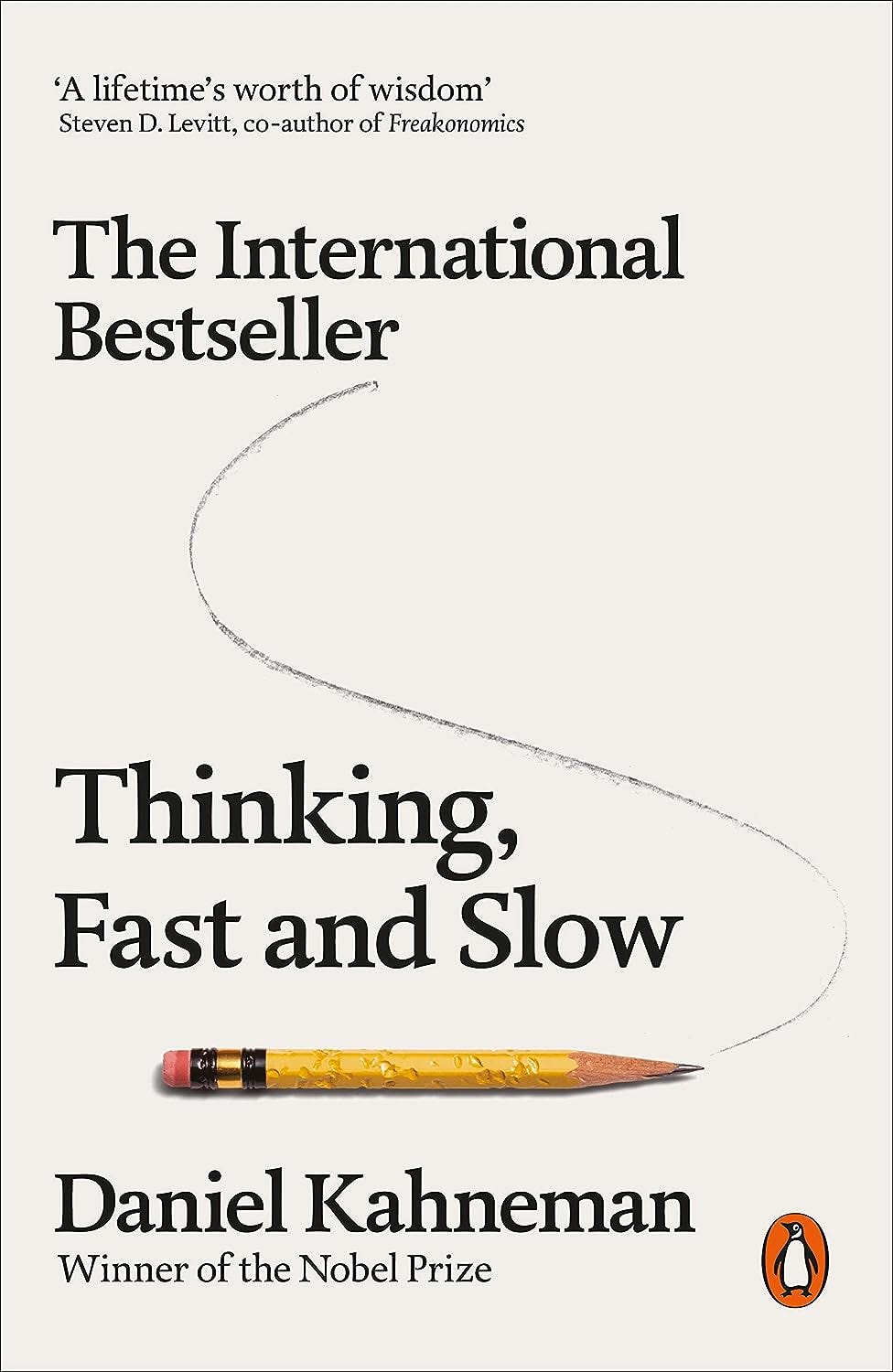Specificity as a Placebo
[Ramanujan's theorems] must be true because, if they were not true, no one would have had the imagination to invent them. - G. H. Hardy
I was recently re-reading Algorithms To Live By when this paragraph from the conclusion jumped out at me:
There’s a certain paradox the two of us observed when it came to scheduling the interviews that went into this book. Our interviewees were on average more likely to be available when we requested a meeting, say, “next Tuesday between 1:00 and 2:00 p.m. PST” than “at a convenient time this coming week.”
At first this seems absurd, like the celebrated studies where people on average donate more money to save the life of one penguin than eight thousand penguins, or report being more worried about dying in an act of terrorism than about dying from any cause, terrorism included.
In fact, Daniel Kahneman’s brilliant book Thinking, Fast and Slow has an entire chapter (# 15) dedicated to this idea. When Kahneman and his collaborator Amos Tversky asked undergraduate students whether a fictional character, Linda, is more likely to be a bank teller or a feminist bank teller, ~90% chose the latter.
Here’s what the vice-chairman of Ogilvy writes about using this fact for marketing.
A few years ago, the rationalist killjoys at the Australian Competition and Consumer Commission prosecuted the global consumer goods manufacturer Reckitt Benckiser over four products: Nurofen Migraine Pain, Nurofen Tension Headache, Nurofen Period Pain and Nurofen Back Pain. Their complaint was that ‘each product claimed to target a specific pain, when in fact it was found that they all contained the same amount of the same active ingredient, ibuprofen lysine’…
While I am sure the ACCC’s chemical facts were accurate, their psychology seems to have been wrong because, for me, Nurofen hadn’t gone far enough. I want to see even more specific variants of pain relief: ‘I Can’t Find My Car Keys Nurofen’ or ‘Nurofen for People Whose Neighbours Like Reggae’. Again, these need contain no additional ingredients: the only distinguishing feature would be the packaging and the promise.
I’m not being entirely frivolous: research into the placebo effect shows that … promoting a drug as a cure for a narrowly defined condition, as Nurofen did, also increases placebo power…
— Rory Sutherland, in Alchemy
In fact, verisimilitude — a literary technique — uses this placebo effect of specificity to imbue narratives with an impression of truth.
[Verisimilitude] involves the use of specific details to give the story the ring of truth … a detail such as “slightly serrated edge [of the knife]” gives the sense that this was an actual knife and, by extension, that this story really happened.
— Ethan Sawyer, in College Essay Essentials
Why this occurs is not immediately obvious, but I contend it has something to do with cognitive ease v/s cognitive load. Specific details and requests are computationally kind compared to generic ones. By asking to meet someone “Friday 2 p.m. at Starbucks” instead of “sometime next week”, for instance, you eliminate the other party’s cognitive burden of computing a suitable time and location.
In the case of interviews, it seems that people preferred receiving a constrained problem, even if the constraints were plucked out of thin air, than a wide-open one. It was seemingly less difficult for them to accommodate our preferences and constraints than to compute a better option based on their own.
Computer scientists would nod knowingly here, citing the complexity gap between “verification” and “search” — which is about as wide as the gap between knowing a good song when you hear it and writing one on the spot.
One of the implicit principles of computer science, as odd as it may sound, is that computation is bad: the underlying directive of any good algorithm is to minimize the labor of thought.
— Brian Christian & Tom Griffiths, in Algorithms To Live By
David Perell, the “online writing guy”, has this concept of ‘shiny dime’ — the smallest, most specific, idea you can write an article about. Perhaps, then, the key to solving writer’s block lies in being more specific.
The protagonist of Pirsig’s story, a brilliant if eccentric man named Phaedrus, is teaching a rhetoric student who is all jammed up when given the assignment to write a five-hundred-word story about her town. She can’t write a word …
Phaedrus liberates the girl from her writer’s block by changing the assignment. He asks her to write about the front of the opera house outside her classroom on a small street in a small neighborhood of that same dull town. She should begin with the upper-left hand brick.
At first the student is incredulous, but then a torrent of creativity unleashes and she can’t stop writing. The next day she comes to class with twenty inspired pages.
— Josh Waitzkin, in The Art of Learning
The renowned mathematician G. H. Hardy, upon receiving a series of letters on mathematical theorems from Srinivasa Ramanujan, observed:
[Some formulae] defeated me completely; I had never seen anything in the least like them before. A single look at them is enough to show that they could only be written down by a mathematician of the highest class. They must be true because, if they were not true, no one would have had the imagination to invent them. Finally ... the writer must be completely honest, because great mathematicians are commoner than thieves or humbugs of such incredible skill.
Feedback and reading recommendations are invited at malhar.manek@gmail.com



Really enjoyed this, thank you!
The point on cognitive bias is interesting. I have notice something similar when organizations and teams use vague words like culture or strategy. Without specific examples or a more explicit definition, people aren't to do something with it. They are being asked to "meet sometime next week" but the meeting never occurs.